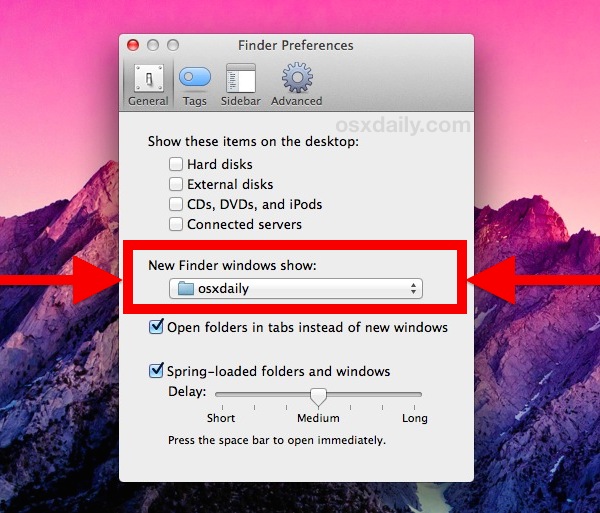Jun 28, 2017. Aug 18, 2018. Jul 24, 2016.
Safari User Guide
Download music, PDFs, software, and other items by clicking links on webpages.

Important: If a download contains software, an alert appears when you open the item. To be safe, don’t open it if you weren’t expecting a software program or if it’s not from a trusted source.
Download an item
Open Dmg Files Mac Download
In the Safari app on your Mac, click anything identified as a download link, or Control-click an image or other object on the page.
Choose Download Linked File. (Some webpage items can’t be downloaded.)
Safari decompresses files such as .zip files after it downloads them.
Note: If you download an item that you previously downloaded, Safari removes the older duplicate so it doesn’t take up space on your Mac. See Optimize storage space on your Mac.
See items you downloaded
In the Safari app on your Mac, click the Show Downloads button near the top-right corner of the Safari window.
The button isn’t shown if the downloads list is empty.
Do any of the following:
Pause a download: Click the Stop button to the right of the filename in the downloads list. To resume, click the Resume button .
Find a downloaded item on your Mac: Click the magnifying glass next to the filename in the downloads list. If you move a file or change the download location after downloading it, Safari can’t find the file.
Tip: To change where downloaded items are saved on your Mac, choose Safari > Preferences, click General, then click the “File download location” pop-up menu and choose a location.
Clear the downloads list: In the downloads list, click Clear. To remove one item, Control-click it, then choose Remove From List.
By default, Safari automatically removes an item after one day. To change when items are automatically removed, choose Safari > Preferences, click General, then click the “Remove download list items” pop-up menu and choose an option.
Can't Open Downloads On Mac
A huge chunk of the fun that you’ll find on the web is the ability to download images and other files to your MacBook. If you’ve visited a site that offers files for downloading, typically you just click the Download button or the download file link, and Safari takes care of the rest.
While the file is downloading, feel free to continue browsing or even download additional files; the Downloads status list helps you keep track of what’s going on and when everything will be finished transferring. To display the Download status list from the keyboard, press cmd+Option+L. You can also click the Download button at the upper-right corner of the window to display the Download list.
By default, Safari saves any downloaded files to the Downloads folder that appears in your Dock. To change the specified location where downloaded files are stored — for example, if you’d like to save them directly to the desktop or scan them automatically with an antivirus application — follow these steps:
Open Mac File Online

Choose Safari→Preferences or press cmd+, (comma).
Click the General tab, and then click the Save Downloaded Files To pop-up menu.
Choose Other.
Navigate to the location where you want the files to be stored.
Click the Select button.
Click the Close button to exit Preferences.
To download a specific image that appears on a web page, move your pointer over the image, right-click, and choose Save Image As from the pop-up menu that appears. Safari prompts you for the location where you want to store the file.
You can choose to automatically open files that Safari considers safe — things such as movies, text files, and PDF files that are unlikely to store a virus or a damaging macro. By default, the Open “Safe” Files after Downloading check box is selected. If you’re interested in preventing anything you download from running until you’ve manually checked it with your antivirus application, you can deselect the check box.
Downloads Folder On Mac
Luckily, Safari has matured to the point where it can seamlessly handle most multimedia file types that it encounters. However, if you’ve downloaded a multimedia file and Safari doesn’t seem to be able to play or display it, try loading the file in QuickTime Player. QuickTime Player can recognize a huge number of audio, video, and image formats. (Also, consider the freeware Perian QuickTime plug-in.)